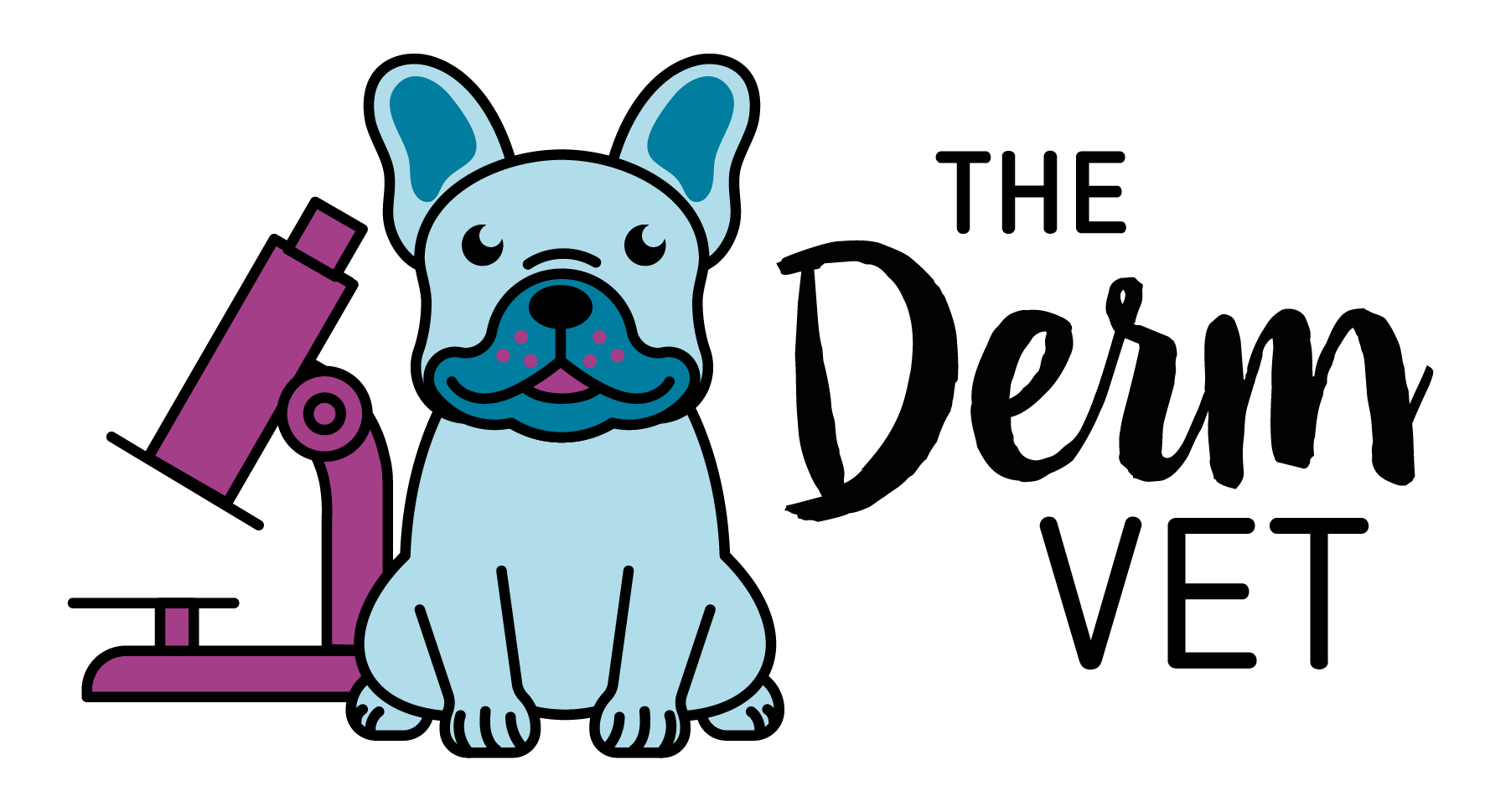With veterinary clinics being so busy, it seems helpful to hand out an antihistamine dose over the phone when a client calls about their itchy pet. However, the more we learn about the pathomechanism of pruritus in dogs, histamine doesn’t play as big of a role as originally thought. Pruritus from canine atopic dermatitis is actually driven by various proinflammatory and pruritogenic cytokines such as interleukin-31.1
Evidence-based published guidelines2 for treatment of canine atopic dermatitis from the International Committee on Allergic Diseases of Animals (ICADA) listed antihistamines under “interventions likely to be of little or no benefit to treat acute flares of canine atopic dermatitis (AD).” Unfortunately, most allergic dogs will not receive pruritus relief from antihistamines.
One of the biggest concerns of antihistamine use is the worsening of disease by delaying control of allergic symptoms. If allergic pruritus continues, secondary issues such as pyoderma, yeast dermatitis and otitis externa are more likely to occur. Not only will this require additional treatments and finances from the owner, but it increases pruritus and suffering for the dog since these organisms cause itch and inflammation as well.
In the veterinary profession, we have so many amazing therapies that provide fast effective pruritus relief. We want to establish trust with our clients by helping their dog’s allergic symptoms quickly. To learn more about this topic, check out episode 83 of The Derm Vet podcast.
This podcast was sponsored by Zoetis, the makers of treatments including Apoquel® (oclacitinib tablet), Apoquel® Chewable (oclacitinib chewable tablet), and Cytopoint®. Zoetis is dedicated to changing the way we approach canine pruritus to benefit the pet, the owner and the veterinary team. Visit Apoquel.com and Cytopoint.com for more information.
APOQUEL & APOQUEL CHEWABLE -IMPORTANT SAFETY INFORMATION
Do not use Apoquel or Apoquel Chewable in dogs less than 12 months of age or those with serious infections. Apoquel and Apoquel Chewable may increase the chances of developing serious infections, and may cause existing parasitic skin infestations or pre- existing cancers to get worse. Consider the risks and benefits of treatment in dogs with a history of recurrence of these conditions. New neoplastic conditions (benign and malignant) were observed in clinical studies and post-approval. Apoquel and Apoquel
Chewable have not been tested in dogs receiving some medications including some commonly used to treat skin conditions such as corticosteroids and cyclosporines. Do not use in breeding, pregnant, or lactating dogs. Most common side effects are vomiting and diarrhea. Apoquel and Apoquel Chewable have been used safely with many common medications including parasiticides, antibiotics and vaccines. For more information, please see the full Prescribing Information at apoqueltabletandchewablepi.com.
Apoquel & Apoquel Chewable Indications: Control of pruritus (itching) associated with allergic dermatitis and control of atopic dermatitis in dogs at least 12 months of age.
Cytopoint Indications: Cytopoint has been shown to be effective for the treatment of dogs against allergic dermatitis and atopic dermatitis.
References:
1. Gonzales AJ, Bowman JW, Fici G, et al. Oclacitinib (APOQUEL®) is a novel Janus kinase inhibitor with activity against cytokines involved in allergy. J Vet Pharmacol Ther. 2014;37(4):317-324.
2. Olivry T, DeBoer DJ, Favrot C, et al. Treatment of canine atopic dermatitis: 2015 updated guidelines from the International Committee on Allergic Diseases of Animals (ICADA). BMC Vet Res. 2015;11:210.


